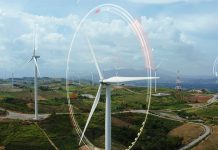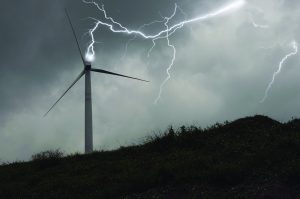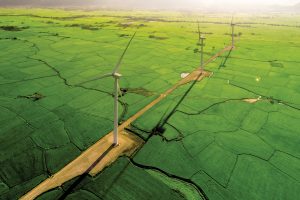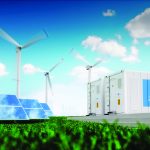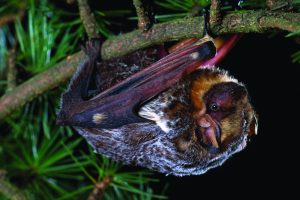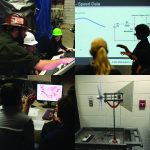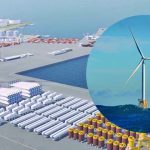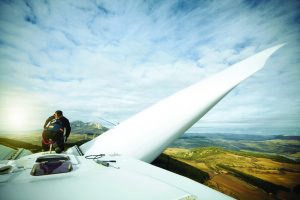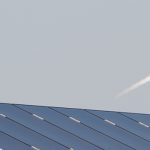A few years ago, a company developed a huge drone that could carry a 12- to 15-pound, high-resolution camera. The team that created this drone expected that it would be used for aerial shots in the movie industry, but they were surprised to see that this technology was even more appealing to another industry: inspection.
The unique perspective and quality imagery these drones could help provide made them a useful tool, particularly in the wind-power industry where they could survey large plots of land and inspect the tops of wind turbines without a climber. With the savings this provides, wind-farm operators and others in similar fields quickly latched on, motivating the company to pivot away from Hollywood to focus its marketing and development on the inspection industry.
Drones offer a remarkable new technology that has numerous benefits for the wind-power industry. As its presence continues to grow, so does the conversation around best use policies for this new tool. Custom casing offers a solution for both storage and transport, ensuring both protection and organization for long-term use.
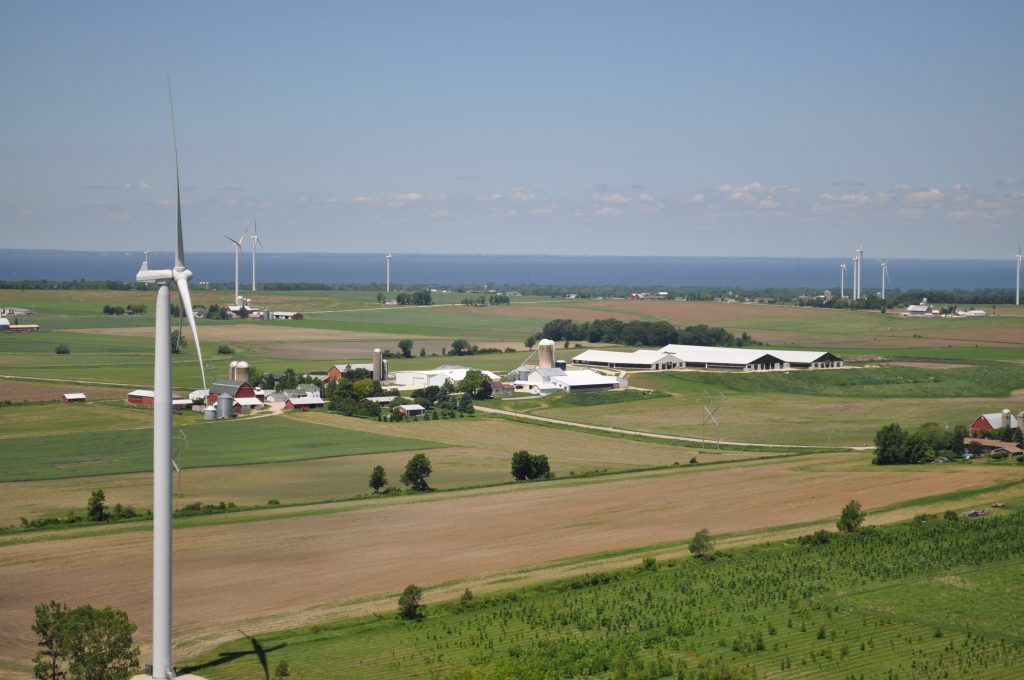
Usefulness of drones
Though the inspection industry was not the original intended audience for this highly capable drone, the usefulness of this and other similar products that can also carry high-resolution cameras quickly became apparent in early development and ongoing inspection of wind farms. This is particularly helpful for wind farms that are often developed in large, remote, difficult-to-access areas that would take an extensive amount of time to survey on foot.
During construction and operation, drones continue to provide major benefits to wind farms. Turbines can be hundreds of feet tall, and sending an inspector to climb up and look for potential issues with the blades is both a time-consuming and potentially dangerous process. With high-resolution cameras and impressive technology such as thermal imaging, drones can capture everything an inspector would need to see without them having to leave the ground. A drone can reach the necessary elevation in a matter of seconds to send back input to an inspector watching the feed for analysis, allowing more turbines to be examined more quickly and safely.
This increase in efficiency can also result in major cost savings. A study of drones in offshore wind farms published in 2021 found that “replacing rope-access inspection with drones reduces costs by up to 70 percent and decreases revenue lost due to down-time by up to 90 percent.” Direct revenue losses of using rope access instead of drones were broken down by category, with consumables accounting for 2 percent, workforce accounting for 19 percent, transportation accounting for 21 percent, and downtime accounting for the majority with 59 percent of the overall losses [1].
A drone’s impact on downtime comes from the shorter amount of time required per inspection. Blades are stopped for a much briefer period than with the ascent, inspection, and descent required for a worker to do the job. In addition to improving efficiency during inspection, the drone’s speed allows blades to be inspected more often, thus catching issues that require maintenance sooner and allowing intervention before major work is required.
Protection
As demand for drones and the bird’s-eye view they offer continues to grow in the wind-systems industry, so does the need for protective custom casing. Anyone who works on or near turbines can attest that it is not a comfortable work environment. Farms can be located in deserts, windy plains, or even out in the ocean. Drones are tough, but consistent exposure to these elements will inevitably cause wear and tear. The savings from using a drone for inspection quickly diminish if operators are constantly having to repair or replace the machine.
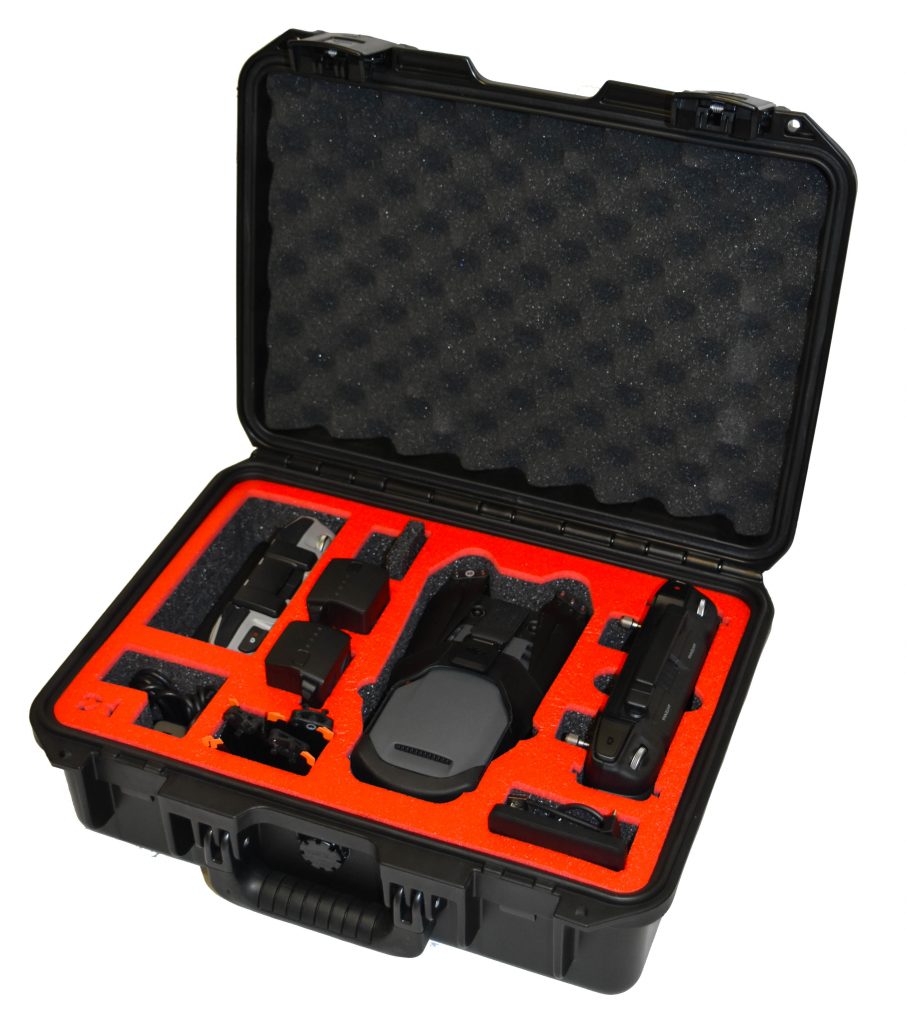
Many users will take measures to avoid the more obvious hazards to a drone, such as only flying in good weather and taking courses to improve their dexterity and avoid crashing. However, transportation of the drone between sites or even between turbines can also present dangers. Accessing turbines often requires traveling off the beaten path, which can lead to bumpy roads, water hazards, and other factors that can damage an unprotected drone.
To ensure protection, drone users can turn to custom casing. Instead of an empty space or flimsy, generic separators and “pick-and-pluck” liners, custom cases are fitted with foam that has been cut by either high pressure water jets or CNC routing drill bits to encapsulate the specific pieces with 360 degrees of coverage, even for oddly shaped items such as drones and their accessories. This locks in the pieces to guarantee stability in any conditions. Along with added equipment preservation inside the case, many custom options offer outer shells that are waterproof, dustproof, crushproof, and shock-resistant, perfect for the rugged conditions of working on wind turbines. No matter what is happening to the case, the drone and its instrumentation are protected, preserving this valuable piece of equipment for continued functionality.
Organization
In addition to protecting the drone and any other equipment, a custom case can help keep everything organized. Inspection is a highly mobile operation, and using drones to do it requires constantly setting up, using, repacking and moving various elements across job sites, which can quickly make accounting for equipment a challenge.
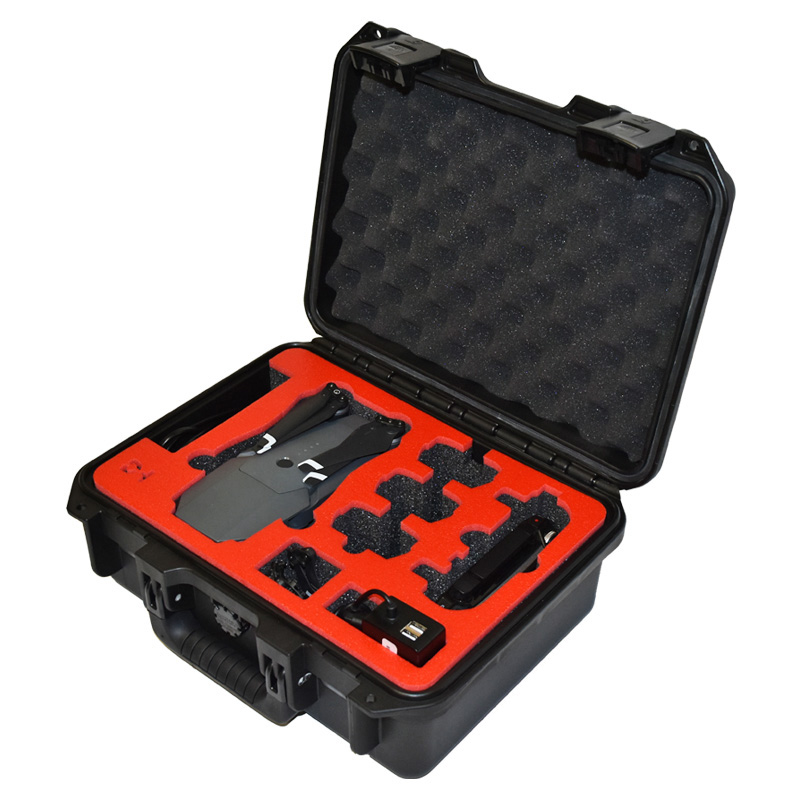
This is compounded by all the small pieces required for effective drone usage. With the isolated nature of wind farms, having spare parts on hand is another important step to minimizing drone down time. If a repair is needed while on the job, finding a retailer or online store that can provide the replacement part is a time-consuming endeavor. Keeping an inventory of commonly needed components can cut hours or even days out of the lost time due to drone repair, but keeping track of these small components between inspection sites can be a problem.
Batteries cause a similar problem. The average drone battery is good for about 20 minutes of flight on a full charge. If inspectors are planning to use a drone for a full day of work in remote locations, they will need to carry several batteries with them to ensure the flights can get done. Not only does this add to the list of equipment to account for, but keeping track of which batteries are dead or charged can be frustrating when using generic casing with no separation between components.
A custom case allows the user to shape foam around an inventory of parts and batteries with the most efficient configuration possible, maximizing use of the space and offering a visible reminder that something may be missing when a piece is not in its spot. Users can also arrange the batteries so the charged ones do not get confused with the dead ones while remaining confident that batteries will not shift during transportation and disorganize the system. Many options are available through a custom case distributor that can accommodate typical gear requirements and protect the entire drone system in one case.
Manufacturers
Custom cases can also be useful for drone manufacturers. Many case solution providers work directly with the manufacturers to develop cases to be included with the initial purchase. This partnership offers several benefits to both the manufacturer and end user.
No one knows a product better than its manufacturer, which includes understanding which accessories and features are best for different applications. By working with a case provider, the drone company can develop a drone package for fulfilling specific jobs, which can be all delivered in one custom case.
Working directly with the case provider also gives the drone manufacturer more control over the cases. In addition to customizing the interior, the exterior can be color-coded and branded with company logos for a professional look that promotes both the drone and the company.
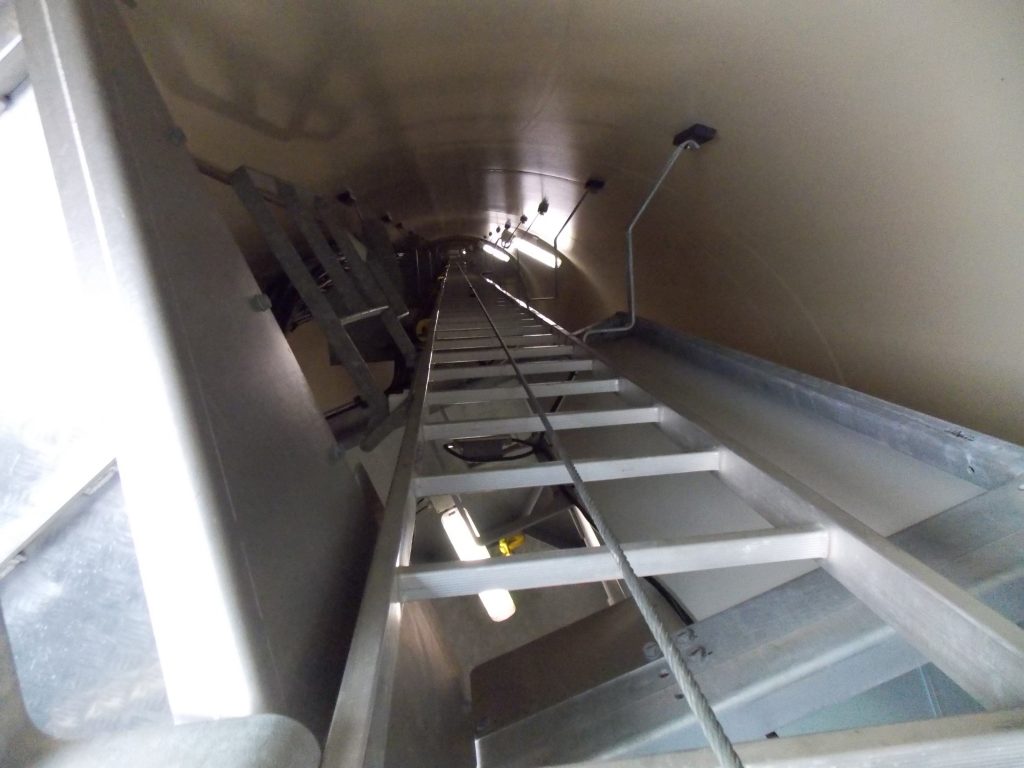
The Future
Drones are clearly here to stay, undoubtedly continuing to provide a useful tool for surveying and inspecting in the wind-power industry. Whether an inspector is a veteran user or a complete novice, casing built specifically for the equipment can solve many protection and organization issues, preserving the best use of this incredible technology.
References
- Estimating the impact of drone-based inspection on the Levelised Cost of electricity for offshore wind farms – ScienceDirect.


















